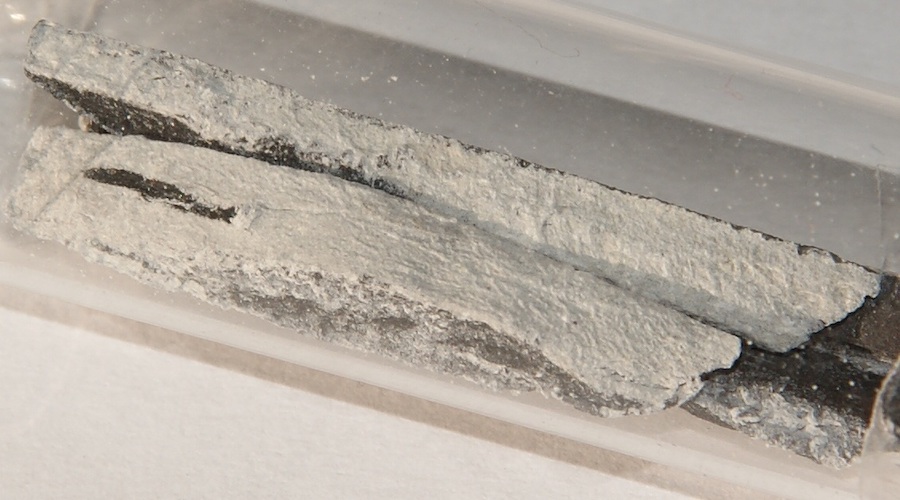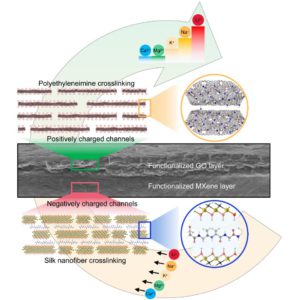
Scientists at the Chinese Academy of Sciences announced that they have made progress in the preparation and application of a bioinspired material that is capable of achieving controlled ion transport and sieving, especially for lithium-ion extraction.
In a paper published in the journal Matter, the researchers explained that ion-selective membranes have already been used extensively for water treatment and ion sieving in electrodialysis technology. However, conventional membranes exhibit low and useless Li+selectivity, making them insufficient for meeting industry requirements.
To overcome these limitations, the Chinese group led by Wen Liping used nanofibers from natural silk and polyethyleneimine to decorate 2D nanosheets. Inspired by the biological structure in nature, the 2D nanosheets were self-assembled layer-by-layer to form a nacre-like stacked structure. The composited membrane then acted as an ion-gating heterojunction with opposite charges and asymmetrical nanochannels.

According to Wen, the composited membrane shows higher toughness than other reported materials and natural nacre structures. The membrane is also able to efficiently control interlayer spacing and achieve stable ordered nanostructures.
“The typical brick-and-mortar structure formed by nanofibers and nanosheets exhibits a long-time use in solutions. Meanwhile, the confined dehydration and charge-exclusion effects conduct Li+through composited channels rapidly,” Wen said in a media statement.
“Experimental and theoretical results indicate Li+ shows an excellent permeation rate that is far higher than Na+, K+, Mg2+ and Ca2+ due to its small radius and low charge. Compared with mobilities in bulk, Li+ remains basically consistent with the bulk value.”
Wen said that the methodology of using tailor-made 2D membranes with chemical, geometrical, and electrostatic heterostructures allows further exploration of nanofluidic phenomena inside nanochannel membranes for water treatment or power generation.